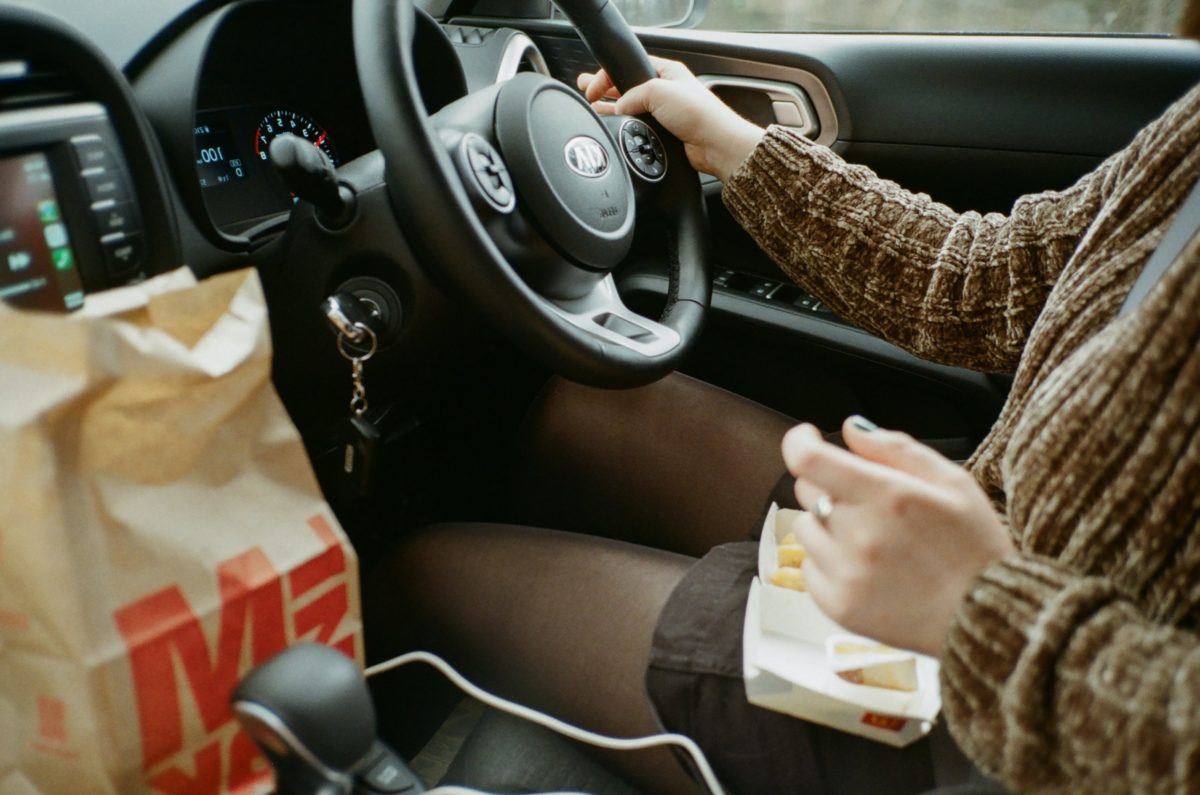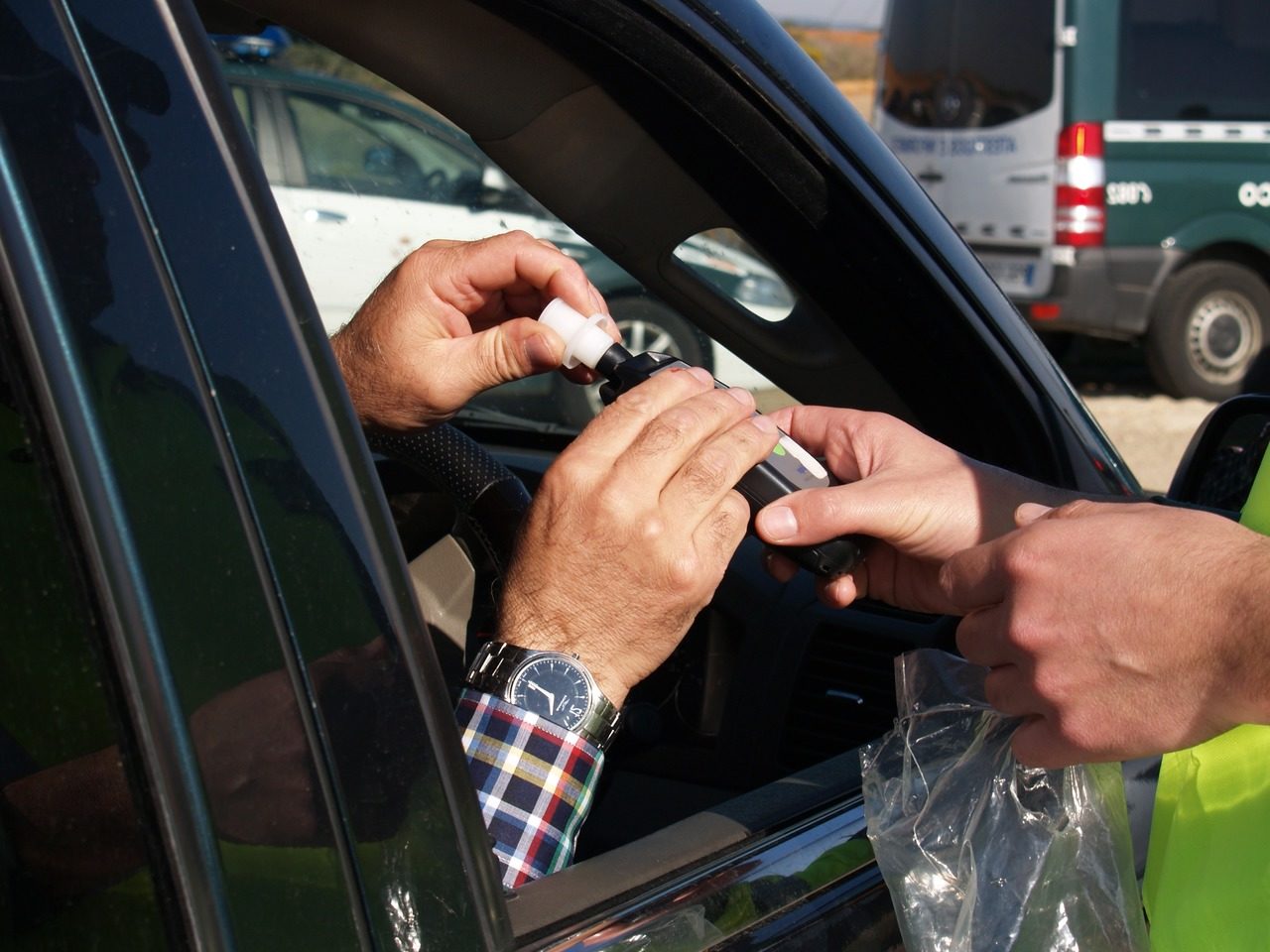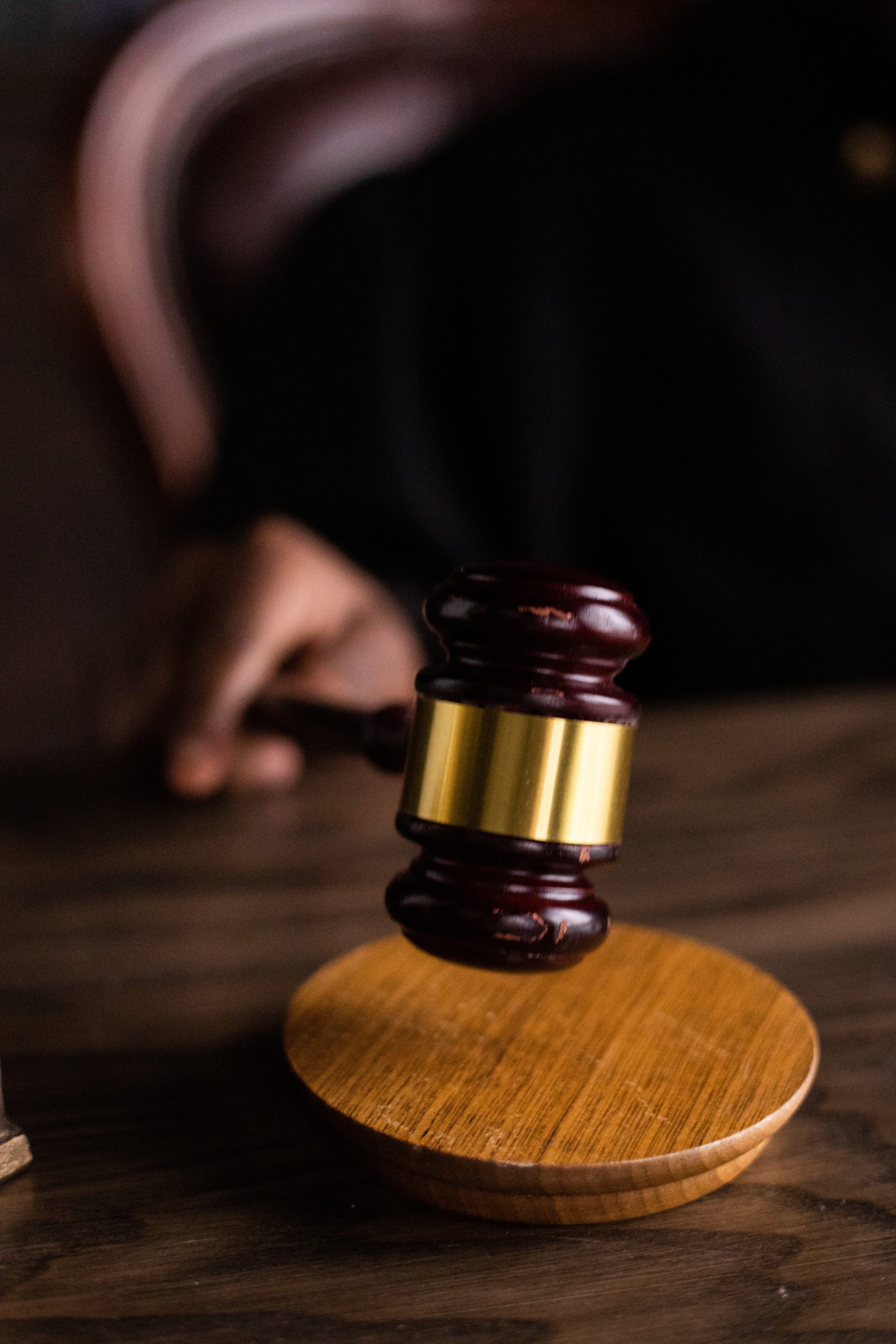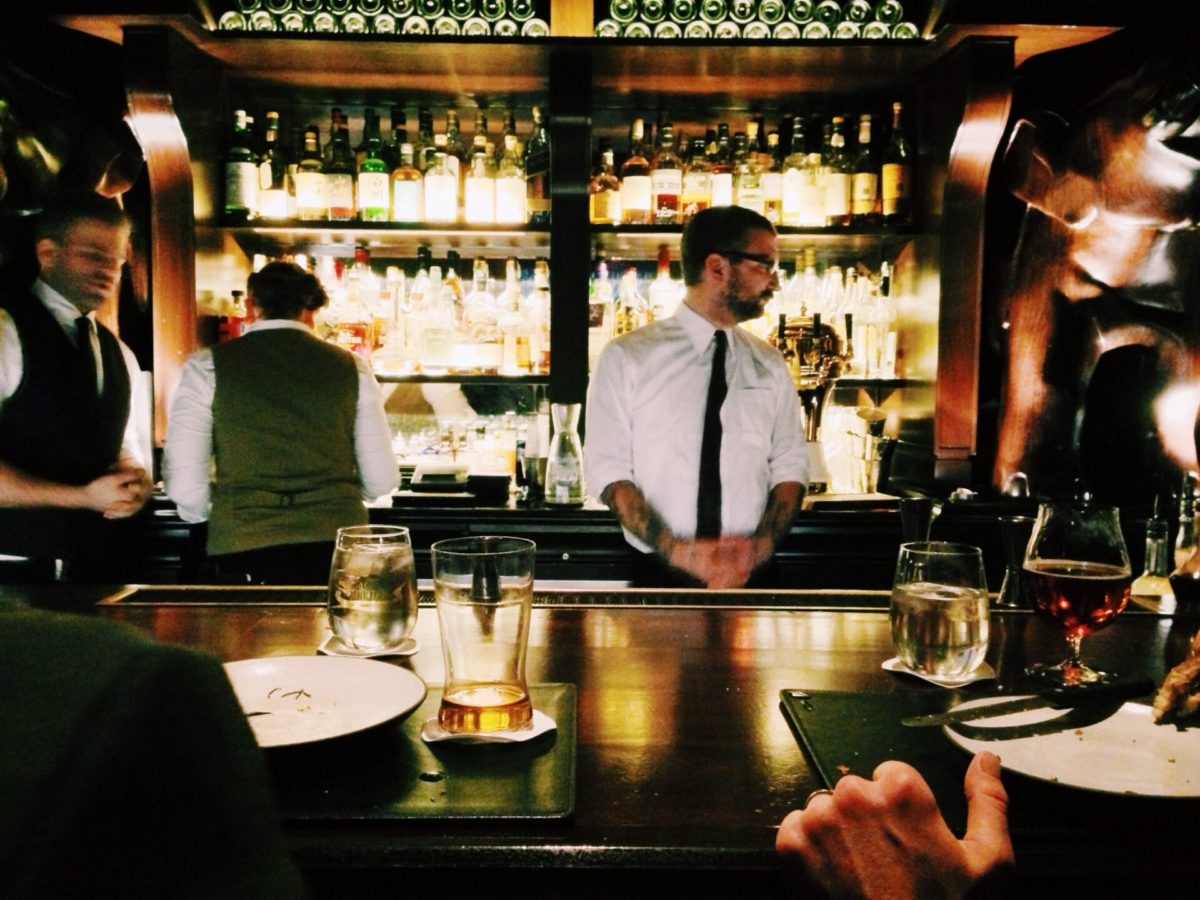Steps Which Could Save Someone’s Life When They Are Choking
By H&H Admin
Choking is a terrifying experience for adults and even more so for toddlers, which is why letting your child eat while you drive can sometimes end in tragedy
It is not uncommon to see people eating while driving and given the fast-paced lives we lead, it’s almost understandable. Unfortunately, you can cause an accident simply by balancing a burger in one hand, while holding the steering wheel in the other.
Similarly, should you need to brake unexpectedly while your toddler is munching on, say a piece of meat, you could set in motion a scenario in which your child starts choking.
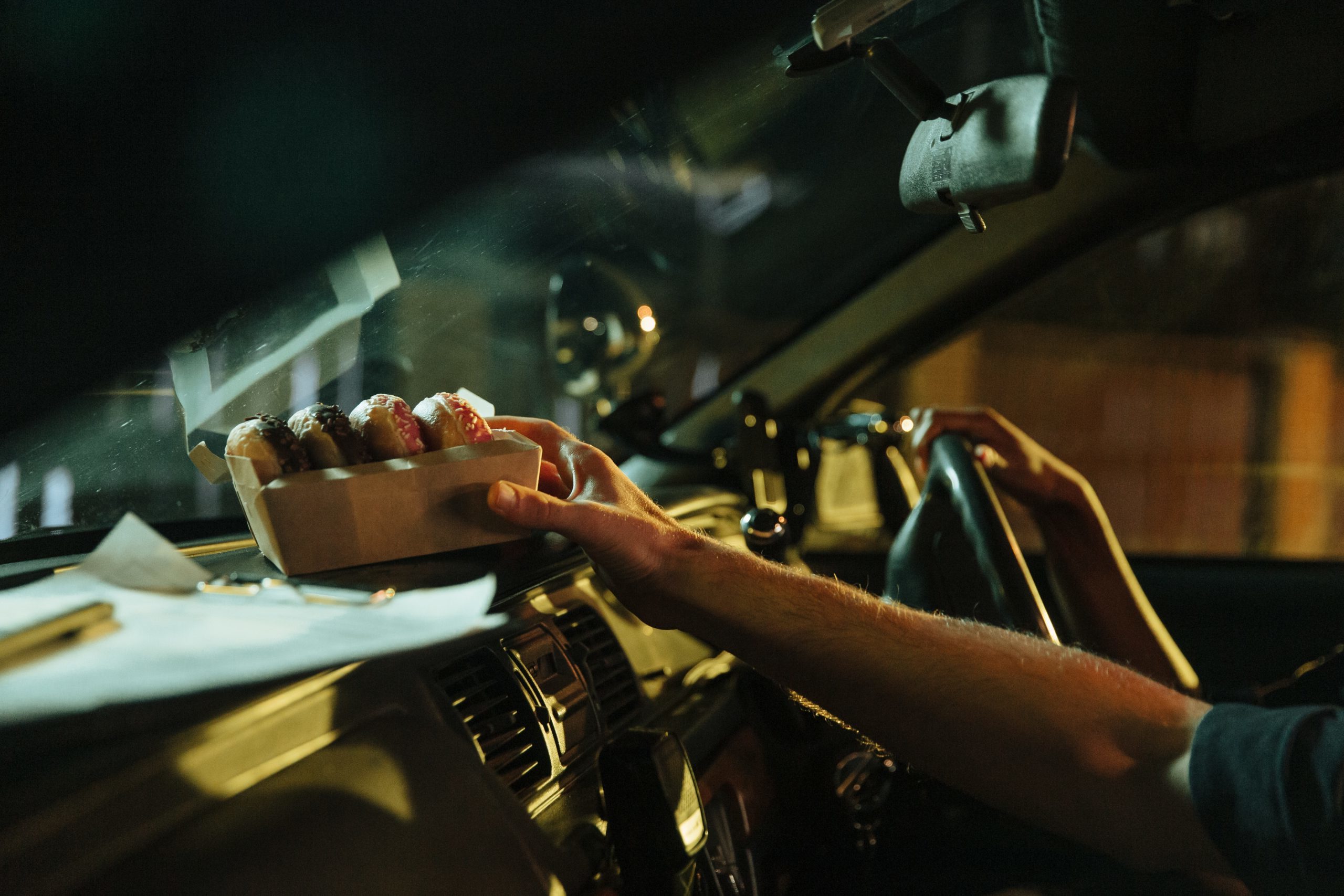
What is Choking?
Choking usually occurs when an object such as food or a small toy, gets stuck in the airway (trachea). As a result, air cannot flow normally into or out of the lungs resulting in the child not being able to breathe properly.
The trachea is protected by a small flap of tissue called the epiglottis. The epiglottis acts like a lid, locking shut over the trachea each time a person swallows. It allows food to pass down the oesophagus and prevents it from going down the trachea.
Once in a while though, the epiglottis doesn’t close quickly enough and an object can slip into the trachea. This is what is commonly known as “going down the wrong pipe”.

Stop Safely When Your Child Begins To Choke
As a parent, your first instinct may be to slam on the brakes, stop the car and attend to your child. As frightening as it may be, you will need to keep your wits about you and drive in a collected a manner as possible.
Put on your hazard lights and safely manoeuver your car towards the left shoulder of the road. If you are in the extreme right lane and should it be safer to pull over to the right, rather do so. Do not put yourself and other road users at risk by abruptly making a bee-line to the left-hand side of the road.
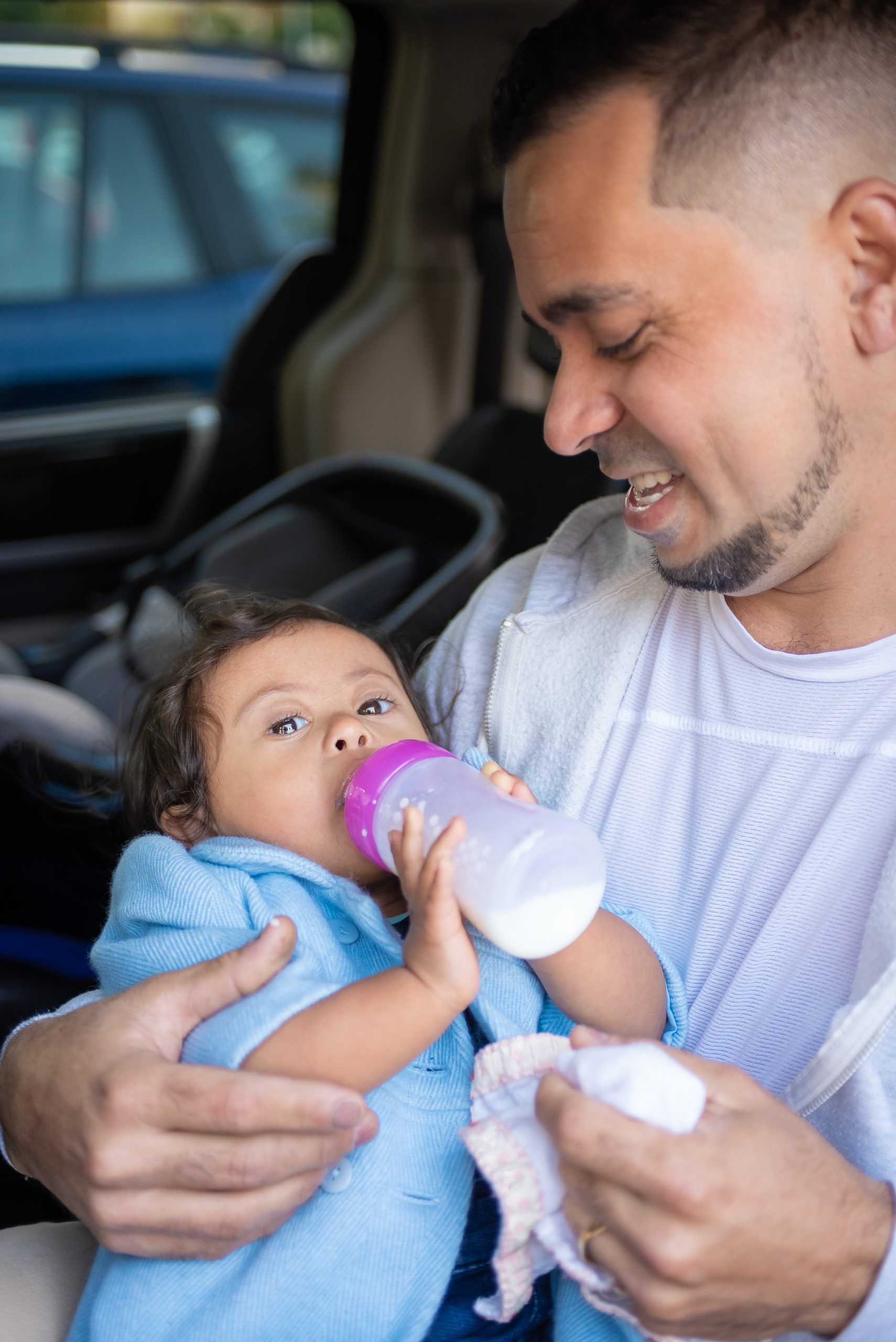
What Happens When Your Child Starts Choking
Parents may not always realise that their child is choking unless they are looking at them as toddlers generally can’t make any noise to attract your attention when they are choking.
In a child, choking may present as:
- Being unable to breathe
- Being unable to talk, cry or make any noise
- Gasping or wheezing
- Grabbing at their throat
- Waving their arms
- Being panic-stricken
- Becoming limp or unconscious
Sometimes, the object may only be partially lodged in the trachea. In this instance, the child may instinctively cough it up and begin to breathe normally again within a few seconds. Other times, however, the object may be well and truly stuck, blocking the airway completely. In such an instance, when airflow into and out of the airway is blocked, the brain becomes deprived of oxygen making it a life-threatening emergency.
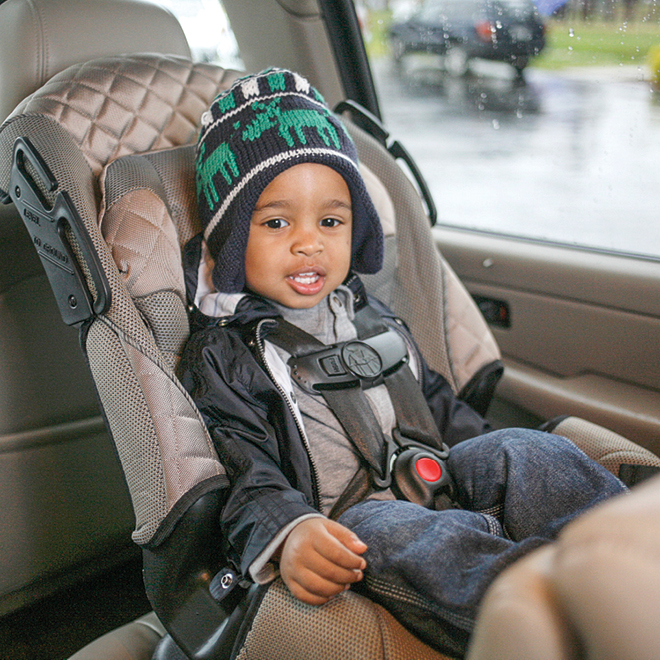
Steps To Follow If Your Child Is Choking
From Birth to One Year Old
- Lay the baby face-down, along your forearm. Use your thigh or lap for support.
- Point the baby’s head downward, lower than the body.
- Using the palm of your hand, give five quick, firm blows to the baby’s back, between the shoulder blades.
- If the airway is still blocked after five blows:
- Turn the baby face up. Use your thigh or lap for support and be sure to support the head.
- Place two finders on the middle of the breastbone, just below the nipples.
- Give up to five quick thrusts downwards, compressing the chest one-third to on-half the depth of the chest.
- Give five back blows, followed by five chest thrusts until the object is dislodged
- If you can see the object, try to remove it with your fingers but only if you are confident that you won’t be pushing it further down the airway.
NEVER do abdominal thrusts on an infant.
Over One Year To Puberty: Perform Abdominal thrusts (Heimlich manoeuver)
- Stand behind the person and wrap your arms around the their waist. For a child, you will have to kneel.
- Make a fist with one hand. Place the thumb side of your fist just above the person’s navel, but well below the breastbone.
- Grab the fist firmly with your other hand.
- Make a quick inward and upward thrust with your fist.
- Check if the object has become dislodged. If not, begin to deliver back blows.
- To perform back blows:
- Stand behind the person (kneel if it’s a child)
- Wrap one arm around the person’s upper body to support them. Lean the person forward until the chest is almost parallel to the ground
- Using the heel of your other hand, deliver a firm blow between the person’s shoulder blades
- Check if the objects is dislodged. If not, continue giving back blows.
- If the object does not dislodge, begin delivering abdominal thrusts AND back blows
- Give five back blows followed by five abdominal thrusts
- Check if the object becomes dislodged after each round of back blows and each round of thrusts
In both instances, DO NOT perform first aid if the infant or person is coughing forcefully. Sometimes a strong cough can dislodge the object.
Common Items That Cause Children To Choke
The most common causes for choking in children are:
- Hard-boiled candy/sweets irrespective of size
- Elongated types of food e.g., sweet/sour worms, sausages e.g., hotdogs
- Bones
- Toys
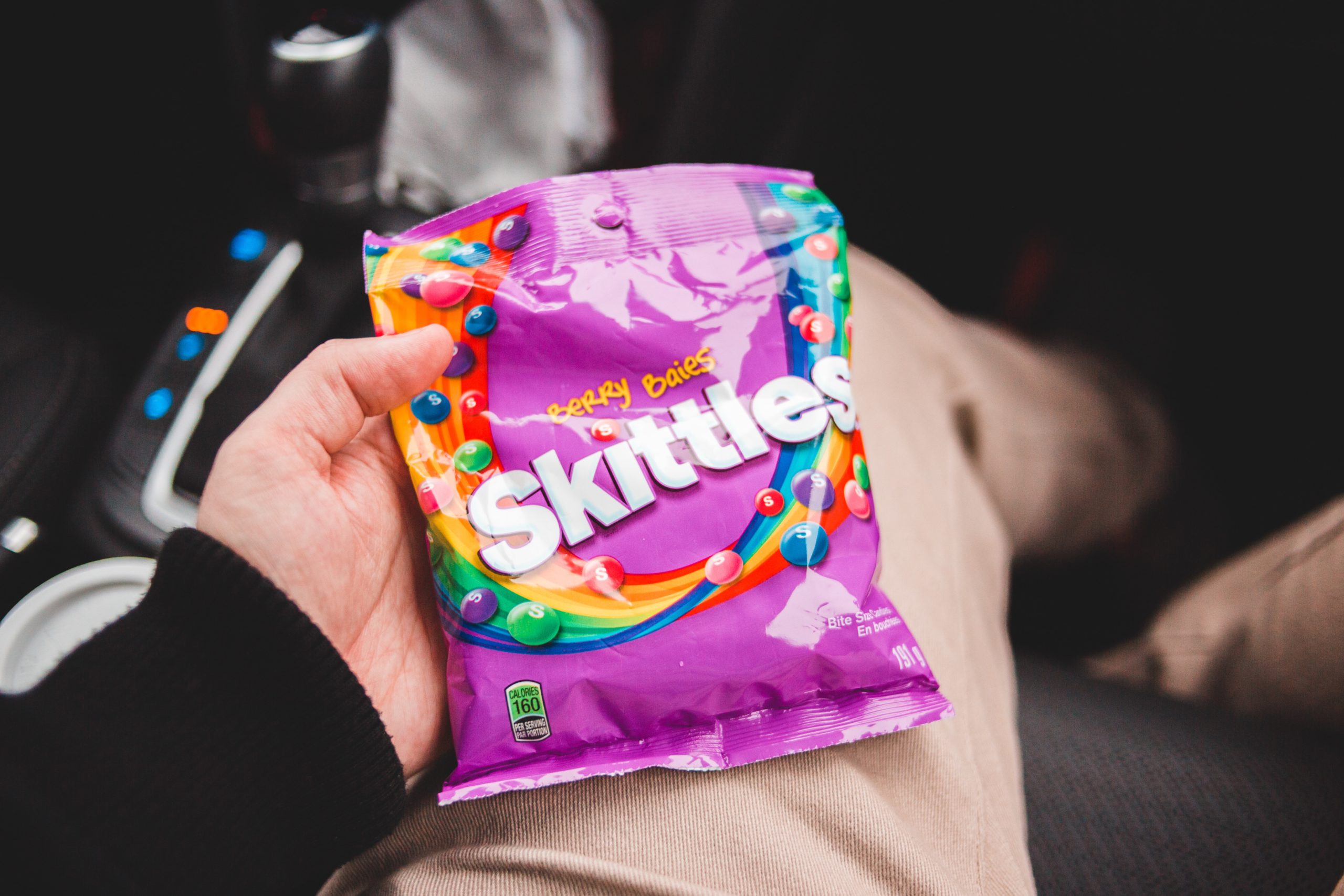
It is both inconvenient and distressing when toddlers are hungry, but rather than give them food while you drive, pull over for a break which could benefit the entire family. Liquids in a sippy cup could be a reasonable compromise but it is best that children are fed before departing on a trip so that they are well-nourished until the first scheduled rest stop.
Should your child choke while driving, be sure to visit a doctor immediately afterward to check that hasn’t been any damage done to the trachea, abdomen, or other parts of the body.
One of the best things parents can do, however, is to take a basic first aid course that would empower them with life-saving confidence.
